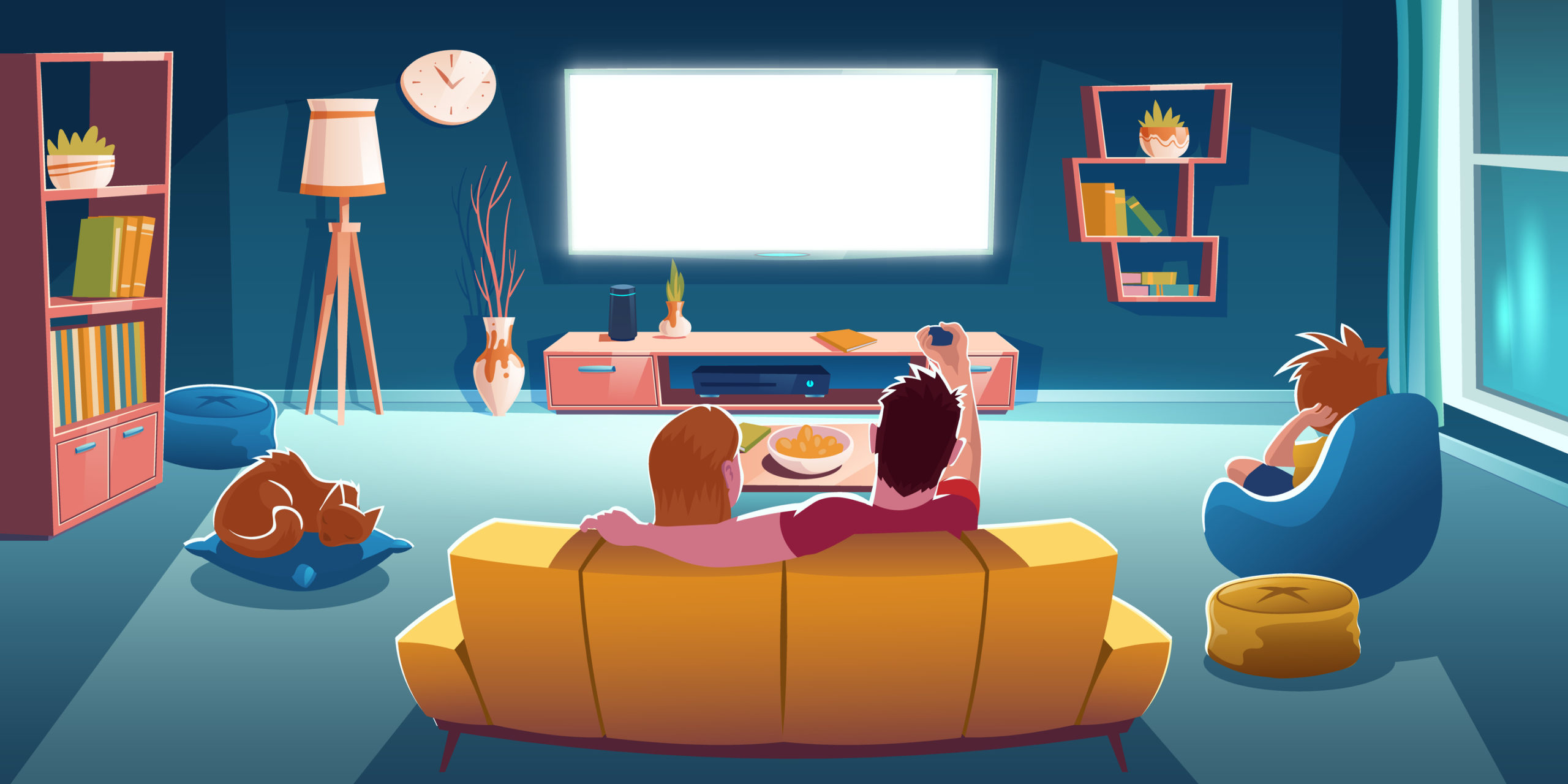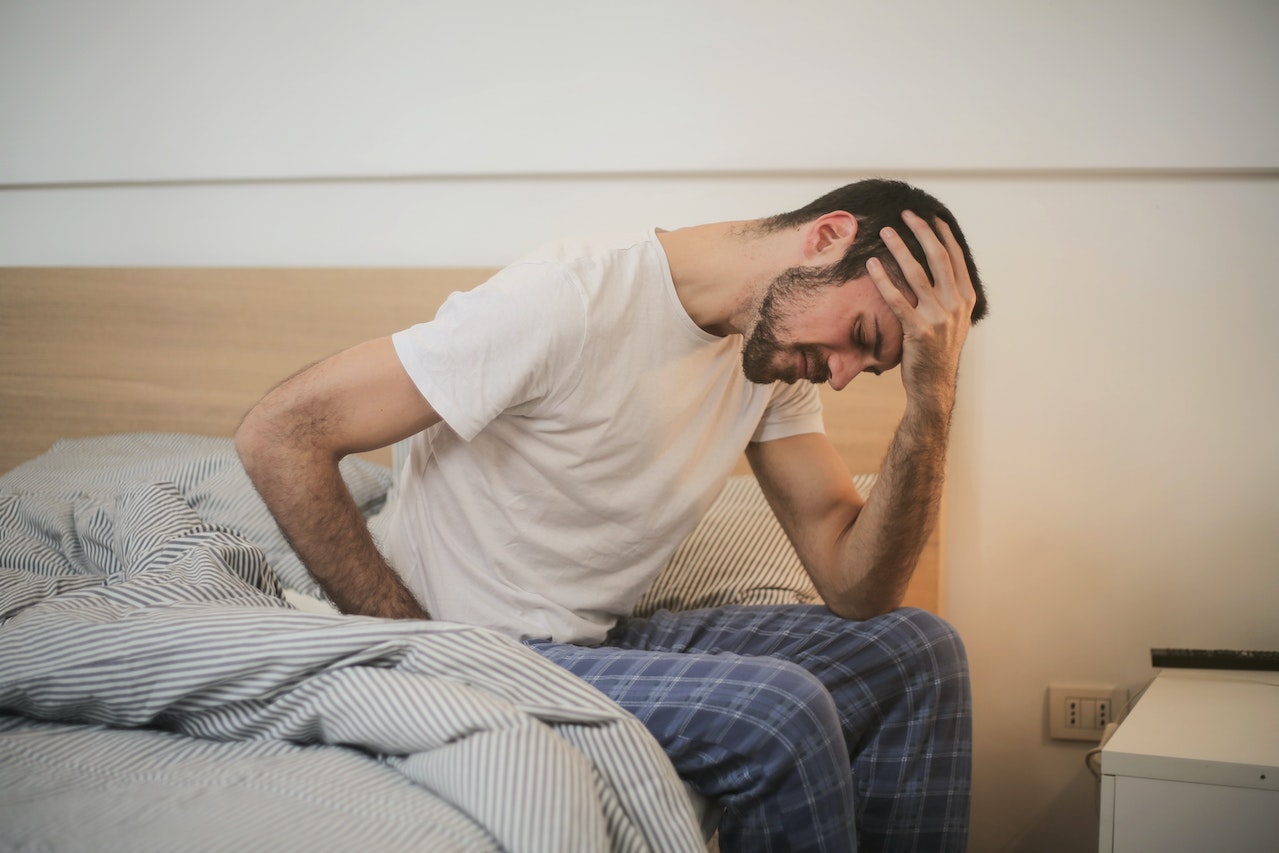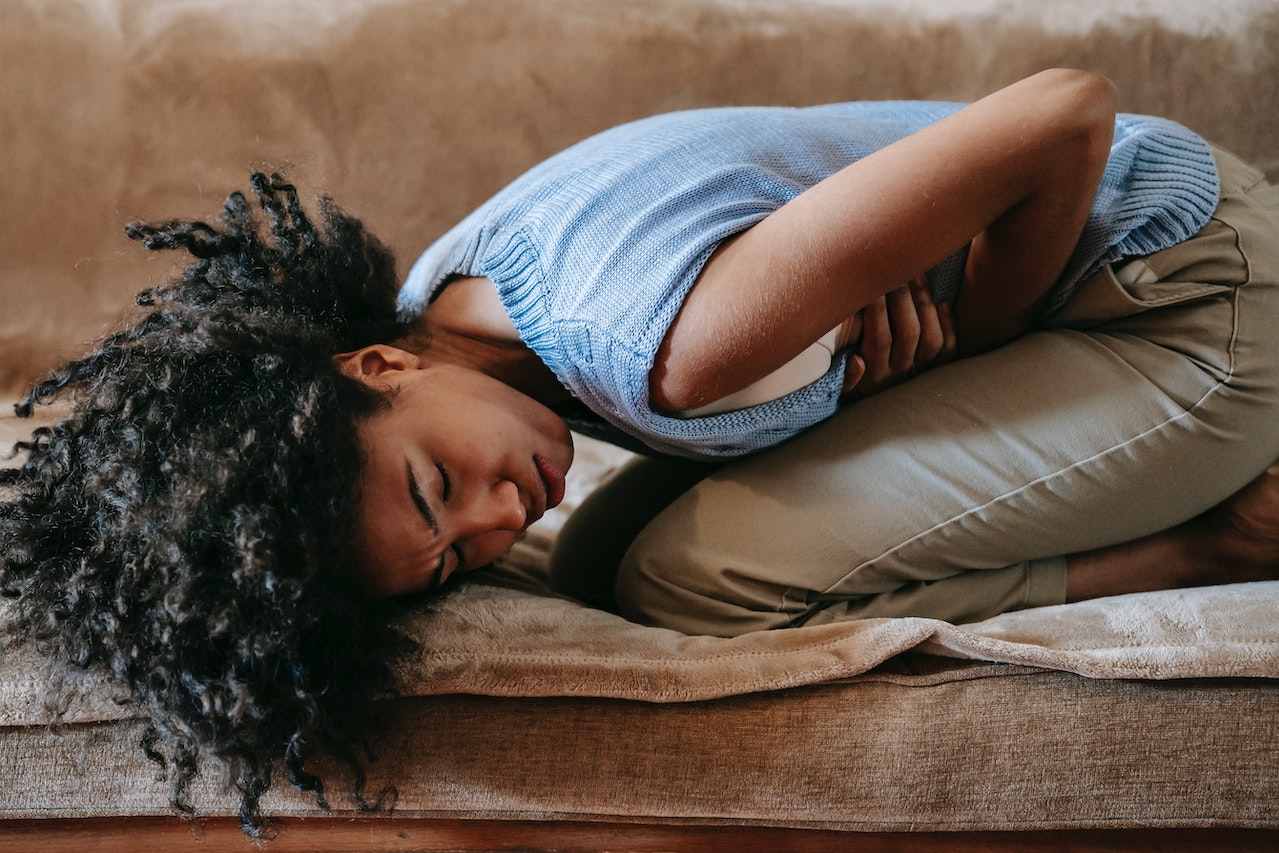Stuck At Home? How To Relieve Back Pain


Today society is plagued by back problems. With so many bent over their computers, tablets, or other devices, back and neck pain have become a common malady. According to Dr. Devon Rubin from the Mayo Clinic School of Medicine, 80% of the population will suffer some type of back pain during their lifetime. Back pain is one of the most common reasons people go to the doctor or miss work, and it is a leading cause of disability worldwide. (1)
The back is a complex structure of bone and muscle, supported by cartilage, tendons, and ligaments, and fed by a network of blood vessels and nerves. The back, especially the lumbar, or lower back, bears much of the body’s weight. Consequently, this area of the back is prime for tension and injury resulting in pain, discomfort, and stress on your daily lifestyle. Back pain can range from a muscle aching to a shooting, burning, or stabbing sensation. In addition, the pain may radiate down your leg or worsen with bending, twisting, lifting, standing, or walking. (2)
There are some exercises or stretches you can do at home on a daily basis to help with chronic back pain. Ian Hart, co-founder of Back Pain Relief for Life, has developed four exercises that have been shown to greatly relieve back pain. He also demonstrates these in his video:
Before starting, it is a good idea to warm up first by taking a hot shower. This stimulates your circulation and relaxes your muscles so you avoid injury. It can also increase the relief you get from these exercises. Be sure to wear comfortable clothes that do not restrict your movement. To get started, Ian recommends you first do some deep relaxing using the following technique.
RELAXATION TECHNIQUE
Lay on your back on the floor. Use a mat for more comfort. Support your head with a pillow or rolled towel under your neck. Bend your knees so your feet are flat on the floor and about a foot from your rear end. This position is biomechanically correct for your spine, relieving stress and allowing your back to relax in comfort. This is the starting position for the first three exercises.
Now take a deep breath into your belly. Hold the breath in for 10 seconds while tensing up every muscle you can in your body. This triggers the release of chemicals in the brain that are part of the parasympathetic nervous system which is responsible for rest and relaxation. These chemicals help reduce respirations, lower blood pressure, and slow down heart rate. If you have heart problems, check with your doctor first before doing this relaxation technique. (3)
Do this once, then relax your whole body. Become consciously aware of where you are holding tension in your face and body. Many people hold tension in their back and are not aware of it so really focus on your back, especially your lower back as you relax. You should feel the tension easing. Muscle tension can lead to pain. It can also put pressure on your nerves which can exacerbate the pain. Pain then causes us to tense up our muscles more. This can become a vicious cycle. Routinely doing back exercises while strengthening your core and back muscles can significantly help to reduce your back pain. Try the following routine from Back Pain Relief for Life.
FOUR BACK EXERCISES
- Knee Pull: Lie on your back in the starting position described above, with knees bent. Be sure to keep your head and neck relaxed. Keeping your arms at your sides, stretch one leg out onto the floor, then draw it slowly to your chest, then lower back down to the floor. Tighten your abs with each movement. Feel the pull of the muscles and the work of the hip flexors. Do 3 sets of 8 repetitions per leg.
- Clam or Knee Drop: Begin in the starting position, then drop your bent right leg to the side as far as you can, feeling a slight pull in the inner thigh while squeezing your glute. Keep your back flat on the floor. This opens up the pelvis where many of us hold a lot of tension. Do 8 repetitions on the right and then switch to the left for 8 repetitions. Do 3 sets.
- Single Frog Leg: This is a combo of the first two movements. It helps loosen up and lubricate the hip. From the same starting position, knees bent, bring one knee to your chest then rotate to the side then circle around to straighten the leg before pulling it back to a bent knee position. Do 3 sets of 8 repetitions with each leg.
- Chrysalis or Butterfly: This is a stretching exercise. Take a sitting position with soles of the feet together so that your legs are open like a butterfly’s wings. Clasp your hands around your feet and pull your heels as close to your groin as is comfortable. Keeping your back straight, send your heart forward and draw your torso down towards your feet. You will feel a stretch in your inner thighs. Hold for 12 seconds. Do this three times, relaxing between each forward stretch.
According to Ian Hart, most back pain is due to an imbalance in the muscles. Imbalanced muscles occur when one side of your back is positioned differently from the other side. This can happen without our awareness. For example, when hunched over your computer, your front muscles become shorter and tighter while your back muscles which support your spine become stretched. This puts pressure and stress on your joints, ligaments, and tendons around your pelvis, hips, and spine. This restricts blood from delivering oxygen and nutrients to the muscles. The result is stress and pain in your lower back. Repetitive work in imbalanced positions like this leads to chronic back pain. By rebalancing your back muscles, long-term relief is possible. Additional benefits can include better posture, enhanced balance, and more flexibility. (4) Are you ready to learn more about how to relieve your back pain? Click here for info.
Watch Ian’s video and give these easy exercises a try. Your back will thank you!
SOURCES
- Rubin D.l. Epidemiology and Risk Factors for Spine Pain. Neurol Clin. 2007; May;25(2):353-71.
- https://my.clevelandclinic.org/health/diseases/10265-back-strains-and-sprains
- https://www.healthline.com/health/parasympathetic-nervous-system
- https://mybackpaincoach.com/fb/bpr4l/vsl/default/?hop=freed0m44&vendor=mbpc84









